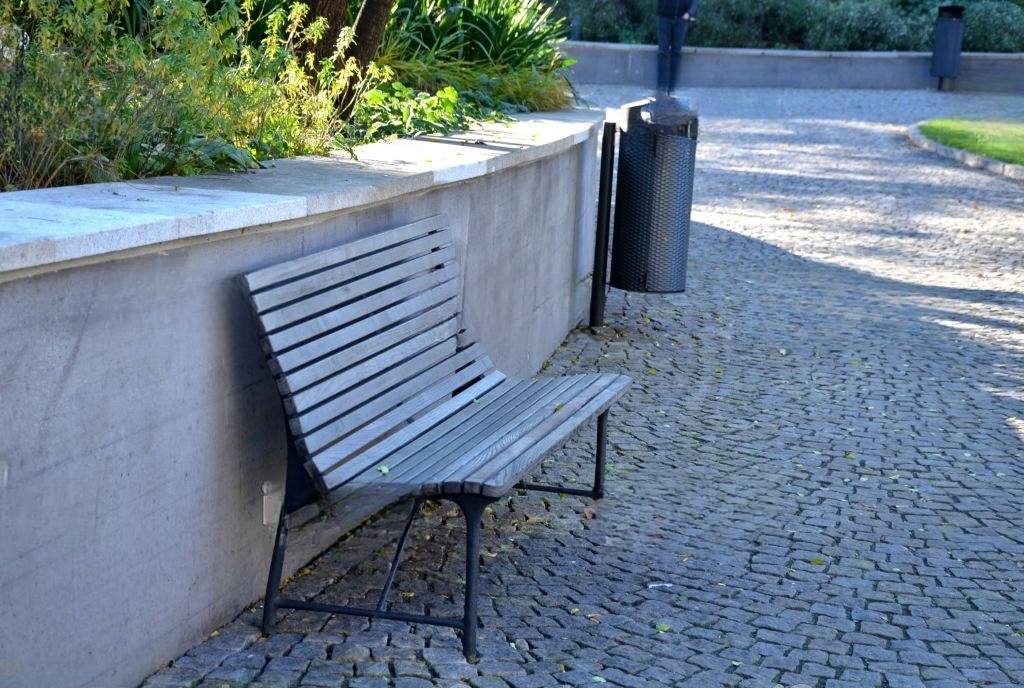Retaining wall are an essential part of any outdoor space, providing support and stability to soil and preventing erosion. Over time, these structures can become damaged due to weather, erosion, or age, and require repair to maintain their strength and functionality.
One common question among homeowners is whether they should use glue to repair their blocks. While glue can be used to provide additional stability and support, it is not always necessary and can sometimes even cause more harm than good.
When considering whether to use glue for repairing retaining walls, it is important to first assess the extent of the damage. In some cases, simply replacing damaged blocks or adding additional support with gravel or soil may be sufficient. However, if the wall is significantly leaning or has extensive damage, professional retaining wall repair services may be required.
Ultimately, whether or not to use glue for repair will depend on the specific situation and extent of the damage. By carefully assessing the situation and using high-quality materials and proper techniques, you can help ensure a successful repair and the long-term stability of your.
Can I Build A Retaining Walls On The Boundary?
When it comes to building or repairing retaining wall, one of the most common questions people have is whether they can build a on the boundary line between their property and their neighbor’s property. The short answer is that it depends on a few factors, such as local zoning laws and regulations, the condition of the existing wall, and the agreement of your neighbor.
Before you begin any construction or repair work. it’s important to assess the current condition of the wall. If the wall is leaning or showing signs of damage, it may require repair or replacement. In this case, you may need to enlist the services of a professional repair company to assess the damage and provide recommendations for repair.
When it comes to repairing retaining wall, there are several options available. Some common methods include reinforcing the wall with additional support, replacing damaged sections of the wall, or installing drainage systems to prevent water damage. A professional repair service will be able to recommend the best approach based on the specific needs of your.
If you’re considering building on the boundary line, it’s important to check with your local zoning authority to determine any regulations or restrictions that may apply. In some cases, you may need to obtain a permit before beginning construction. Building or repairing a can be a complex process, and it’s important to take the necessary steps to ensure that the work is done properly and legally.
Why Do We Provide A Haunch Near The Retaining Walls?
Retaining walls play a crucial role in preventing soil erosion and maintaining the stability of the surrounding landscape. They are an essential element in various landscaping projects, and homeowners often choose to install them to enhance the aesthetic appeal of their outdoor spaces. However, retaining walls are prone to damage and may require repair over time. In this post, we will discuss the importance of providing a haunch near.
A haunch is a part of the footing that extends beyond. It acts as an anchor, providing additional support to the wall and preventing it from leaning or toppling over. Haunching is a crucial step in the installation of retaining walls, and it is equally important when repairing them.
Repairing a challenging task that requires the expertise of professionals. Repair services specialize in identifying the underlying cause of the damage and providing effective solutions to fix the issue. Repairing retaining walls may involve adding additional support, such as a haunch, to ensure the stability of the structure.
Leaning retaining walls are a common issue that requires repair. If left unaddressed, they can cause significant damage to the surrounding landscape and pose a safety hazard. Repairing a leaning involves identifying the cause of the issue, which could be due to inadequate support, soil erosion, or drainage problems.
Providing a haunch near the critical step in ensuring the stability of the structure. Repairing a requires the expertise of professionals who specialize in identifying the underlying cause of the issue and providing effective solutions. Homeowners should consider contacting repair services to address any damage or issues with their walls promptly.
What Are The Counterforts In A Retaining Walls?
Retaining walls are essential in providing support and stability to sloping landscapes. However, as with any structure, they are not immune to damages caused by natural wear and tear, extreme weather conditions, and soil erosion. In this blog, we will focus on one particular feature of retaining walls, the counterforts, and their role in maintaining the wall’s stability.
Counterforts are vertical concrete walls that are attached. They are designed to resist the lateral forces exerted on the wall due to the weight of the soil and water pressure. Counterforts transfer these forces to the ground and prevent the wall from leaning or toppling over.
Repairing is not an easy task and requires expertise and experience. It is essential to seek the services of a professional repair company to assess the extent of the damage and provide the appropriate solutions.
Conclusion:
Counterforts play a crucial role in maintaining the stability, but damages can still occur over time. It is important to address these issues promptly and seek professional help to ensure a safe and stable.





